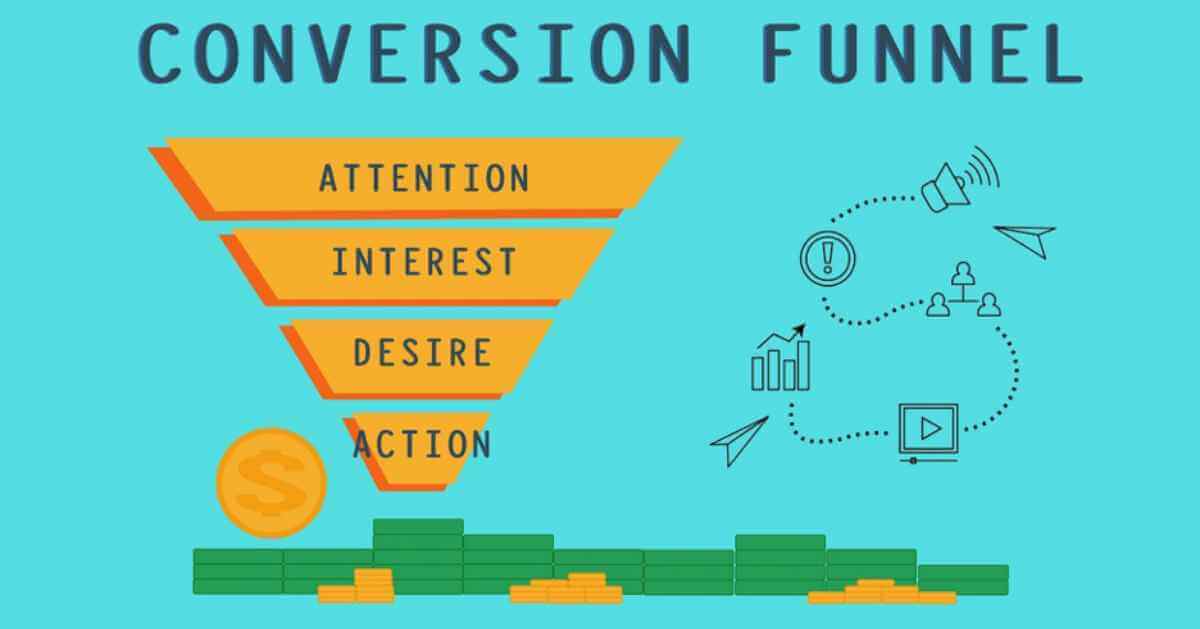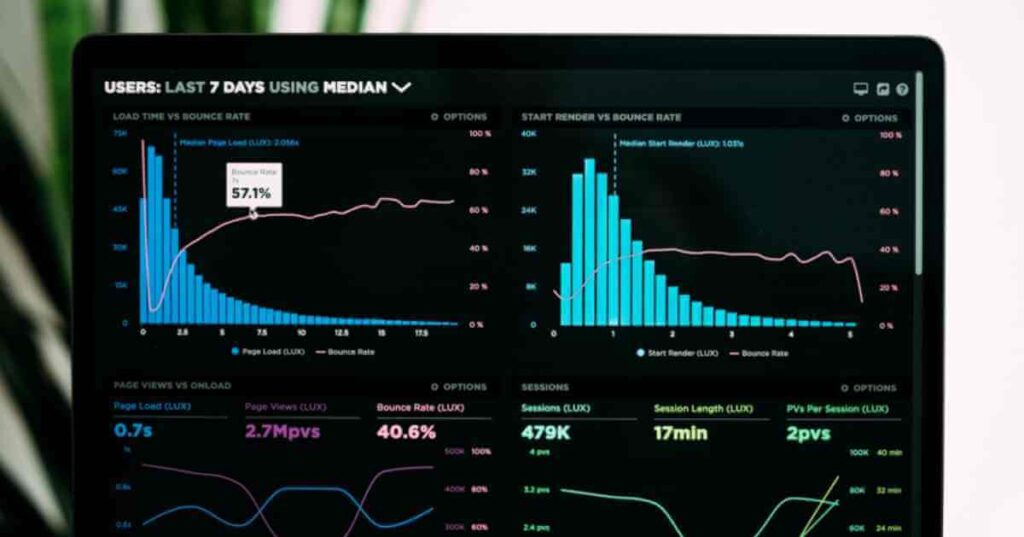Understanding the Four Stages of the Sales Funnel

Sales funnels seek to help optimize marketing efforts by helping businesses understand how customers make purchasing decisions.
At the top of the funnel, metrics such as SEO impressions and ad views provide insights into lead capture and nurturing performance of companies. At the bottom of your funnel, consider offering low-value DIY products to keep customers coming back. Provide ongoing communication (customer service and tech tips). However, read the following article to learn more about the four important steps to take.
Stage 1: Awareness
The sales funnel is a marketing model used to depict a theoretical customer journey toward purchasing products or services. It consists of four stages: Awareness, Interest, Desire, and Action.
At the Awareness stage, your aim should be to raise prospects’ awareness of your products and services through various methods – social media posts by friends, Google searches, or digital advertisements are just some ways it could happen. Once prospects know who your brand is they should be directed toward further investigation of what it offers through gated content like eBooks, white papers, and videos which can only be accessed with the email address provided.
At this stage, it is also necessary to test various campaigns to see what works best. For example, Instagram ads with different headlines and imagery might work better for reaching people more likely interested in your business than running multiple versions using one type of headline and image at once. Digital platforms typically provide targeting options that ensure you reach people most likely interested in your service or product.

Once leads are captured at this point, you can begin nurturing them through regular communications and other engagement activities such as sending exclusive offers, retargeting ads, or trial periods for your products to see whether or not they meet customer needs.
Once a lead has become a customer, it is essential that you maintain their loyalty and incentivize repeat purchases through various methods such as emails, exclusive offers, product feedback surveys, and customer support resources.
Referral programs can also encourage customers to advocate for your business by rewarding them for doing so – this can expand your customer base while increasing chances of establishing long-term customer loyalty.
Stage 2: Interest
In the Interest Phase of the sales funnel, potential buyers begin exploring your product or service and assessing if it is worth their time. It provides an excellent opportunity to educate and inform potential customers and demonstrate how your solution will help them meet their business or personal goals.
Word-of-mouth marketing, social media posts, emails, or cold calls can all serve to draw the customer in and attract them to your product or service website. Once a prospect has shown an interest, follow-up must happen quickly: nine times more likely to convert when receiving a response!

As your prospective buyer moves from the interest to the consideration stage, they may develop more specific questions and concerns that need addressing. According to this site: https://www.clickfunnels.com/blog/sales-funnels/, your sales team should use buyer personas they’ve created as guides in creating content tailored specifically to the buyer’s needs. This helps establish your company as an authority in their field while building trust between you and them.
At this stage, it is important to track and measure the performance of your sales funnel processes using key performance indicators (KPIs) such as traffic, web page dwell time, email open rates, conversions, and form submissions. This will enable you to detect any leaks in your sales funnel that need fixing and take corrective actions accordingly.
An effective sales funnel can assist your sales reps in effectively managing lead generation, taking prospects through each stage of the customer journey until either sold or abandoned. By streamlining and streamlining the experience for potential prospects, a well-designed sales funnel can set your company up for more successful sales and happier customers.

Stage 3: Decision
At this stage, leads should have an understanding of their product’s needs and wants. They can compare prices, delivery options, and other important details to determine whether yours is the ideal option for them. It is crucial that any barriers preventing customers from purchasing are removed in this phase.
If your business offers various pricing plans for its products, make sure that this information can be easily located on your website. When selling services like web design or copywriting, it is also crucial to clearly communicate how your offering stands out from similar offerings in the market.
At this stage, it may also be wise to introduce a trial period for your product to increase conversions and measure ROI. A trial period allows prospects to test out your service without signing long-term contracts, giving your salespeople an ideal way to measure conversion.
Once a prospect has decided to move forward with your offer, they can enter the final stage of your sales funnel. At this point, the prospect and seller can negotiate terms for sale until both parties are completely satisfied before purchasing your product and officially becoming customers.
The sales funnel is not an immovable concept, and businesses can modify it according to their own needs. Any successful sales funnel must set specific goals for its target audiences while being implemented using engaging marketing material.
Your sales funnel must not leak, allowing many prospective customers to escape before being converted. To prevent leakage, it is vital to track and analyze sales data, to identify blind spots, missed opportunities, and areas for improvement. If visitors to your website opt for Mailchimp’s free plan rather than subscribing, this could indicate that you are targeting the wrong audience.
This can be addressed by revising your targeting strategy and creating better marketing materials; testing campaigns regularly is vital for further optimizing them based on results.
Stage 4: Action

At this final stage of your sales funnel, those ready to purchase are in the Action stage. At this point, it is imperative that you communicate the benefits and features of your products to convince potential buyers to make an action decision quickly – for instance by offering limited-time promotions or free shipping with their first order – this may increase chances that someone acts now while this offer remains available.
Email newsletters and ads should include calls-to-action that prompt readers to visit your website and make a purchase. To drive more traffic to it, run a Facebook ad campaign with different images, texts, and offers until one converts best.
Once a prospect reaches the Action stage, they become part of your business ecosystem and should no longer be considered prospects; however, engaging these customers via nurturing campaigns is still necessary to keep your brand top-of-mind with them and encourage future purchases and referrals from them.
If you sell refrigerators, for instance, emails highlighting technical information and big features and pricing of each model could be effective marketing tools. YouTube channels showcasing informative videos about each product can also help your prospects learn more about each refrigerator before deciding to purchase.
The traditional sales funnel is built upon an AIDA (attention, interest, desire, and action) model which has withstood time. It provides an effective framework for thinking about, measuring, and optimizing marketing efforts.
Through understanding their sales funnel, marketers can leverage content and advertisements that are likely to resonate with consumers and thus increase campaign efficiency and increase sales. Insights gained through sales funnel analysis enable more precise targeting so your message will reach its intended destination.
